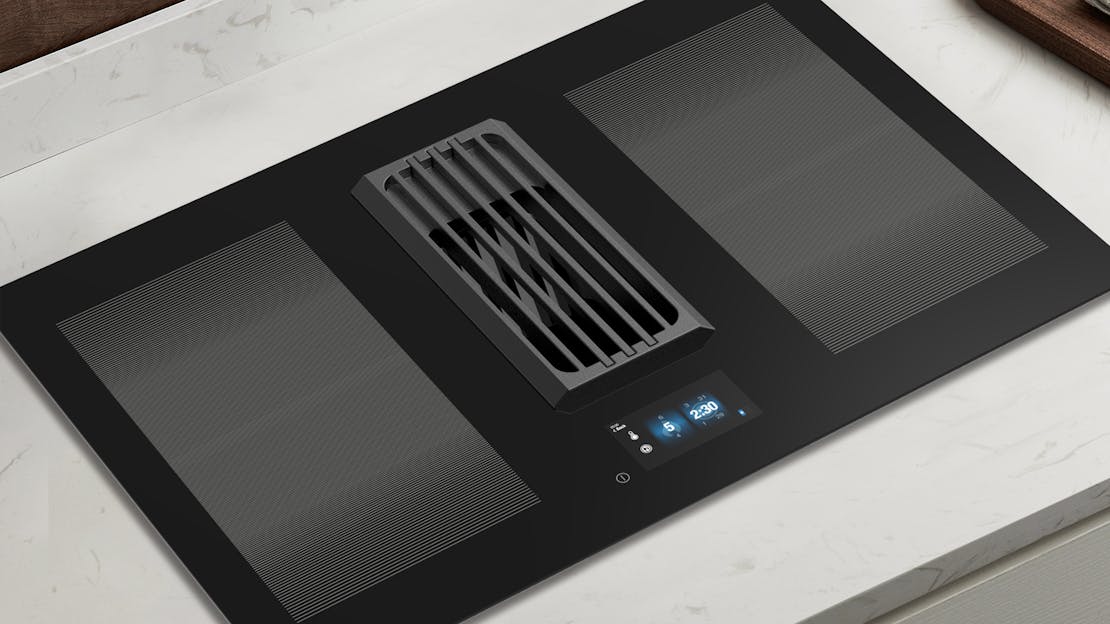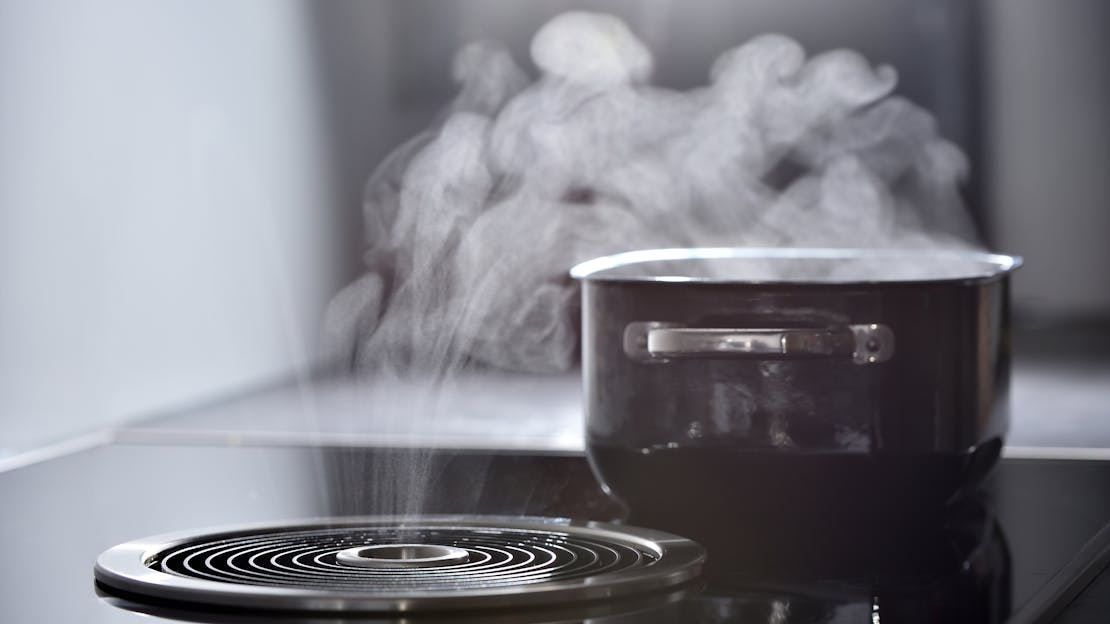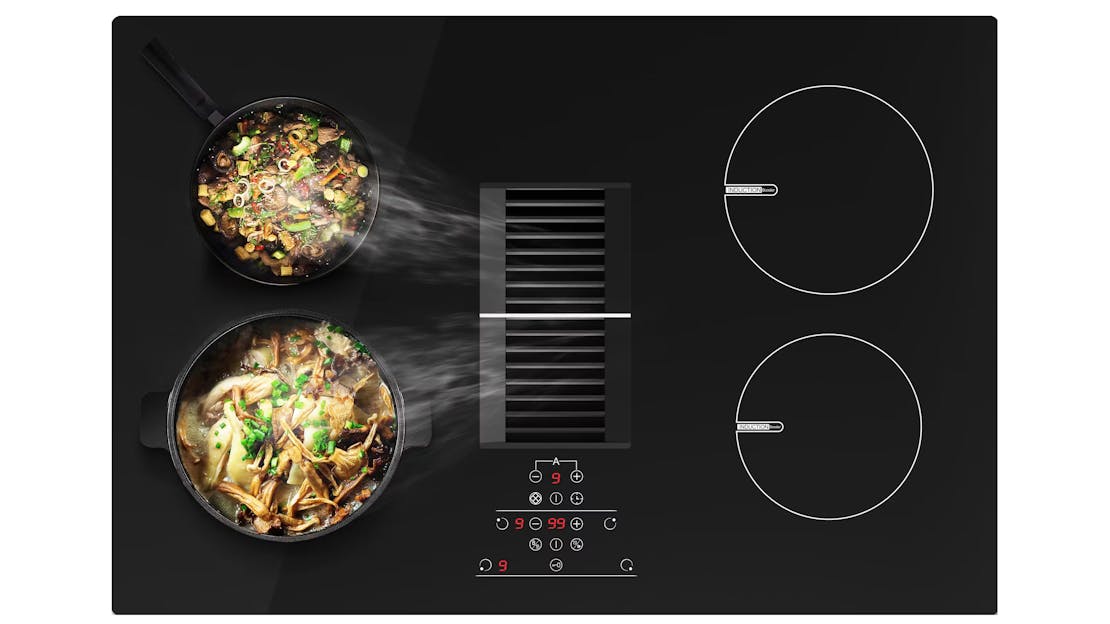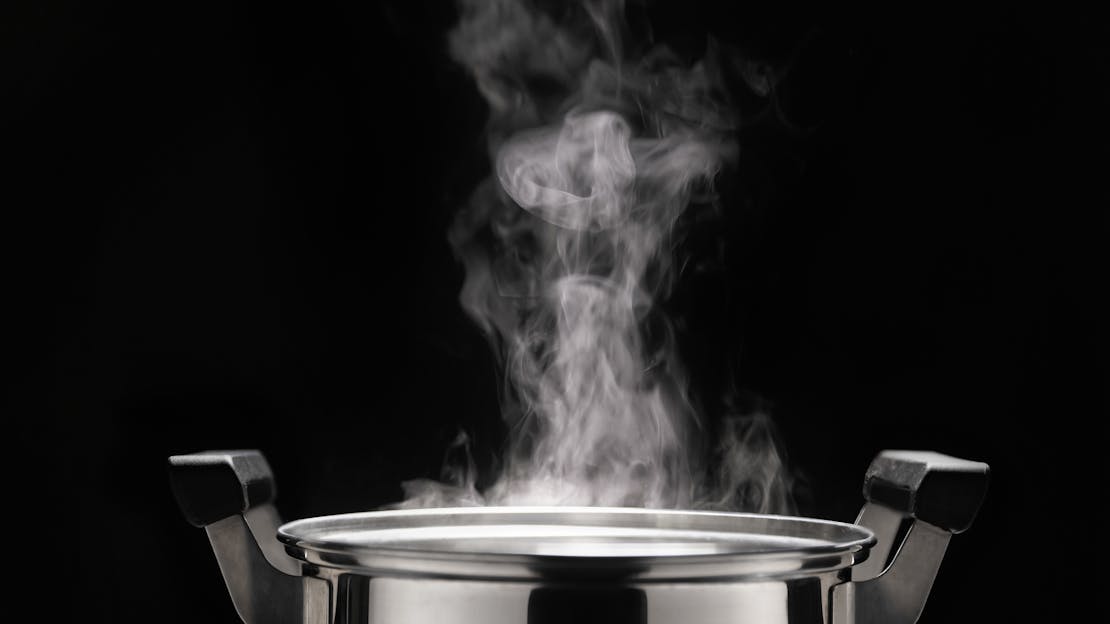
Vented vs. Non-Vented Hobs: A Comprehensive Comparison Guide for Your Kitchen
In the realm of kitchen appliances, the choice between vented hobs and non-vented hobs can significantly impact your cooking experience. Understanding the nuances between these two options is crucial for optimising your kitchen setup. Let’s delve into the world of vented and non-vented hobs to help you make an informed decision.
Understanding Vented Hobs
Vented hobs, also known as extractor hobs, are designed with built-in ventilation systems to efficiently remove smoke, grease, and odours from your kitchen. This technology ensures a cleaner and more comfortable cooking environment. Discover the advantages and potential considerations associated with vented hobs to determine if they align with your needs.
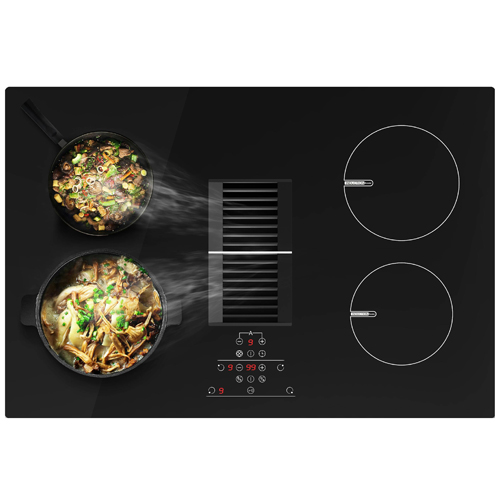
Exploring Non-Vented Hobs
On the other hand, non-vented hobs offer flexibility in kitchen layout by eliminating the need for outside ductwork installation. While they provide convenience, they may not offer the same level of smoke and odour extraction as vented hobs.
Key Differences Between Vented and Non-Vented Hobs
Understanding the key differences between vented and non-vented hobs is crucial in making an informed decision about which option best suits your kitchen needs and preferences.
Ventilation Performance:
- Non-Vented Hobs: In contrast, non-vented hobs do not feature built-in ventilation systems. Instead, they rely on recirculating air through filters to trap grease and odours before recirculating the air back into the kitchen. While they offer some level of air purification, they may not provide the same level of ventilation as vented hobs.
- Vented Hobs: Fitted with built-in ventilation systems, vented hobs efficiently extract smoke, grease, and odours from the cooking area. This ensures a cleaner and more comfortable kitchen environment by effectively removing pollutants.
Installation Requirements:
- Non-Vented Hobs: Non-vented hobs offer greater flexibility in installation. This makes them easier to install and suitable for a wider range of kitchen layouts. However, they may require periodic filter replacement to maintain optimal performance.
- Vented Hobs: Installing vented hobs typically requires ductwork to channel exhaust air to the outside of the home. This entails careful planning and may necessitate professional installation, especially if ductwork needs to be routed through walls or ceilings.
Energy Efficiency:
- Non-Vented Hobs: Non-vented hobs are generally more energy-efficient since they do not require ventilation systems to expel air outside the home. However, they may consume energy to power internal fans or lights. Despite their energy efficiency, non-vented hobs may not offer the same level of air quality improvement as vented hobs.
- Vented Hobs: While vented hobs provide efficient smoke and odour extraction, they may result in energy loss due to the continuous operation of the ventilation system. Additionally, the need for ductwork installation may impact overall energy consumption.
By understanding these key differences, you can make an informed decision when choosing between vented hobs and non-vented hobs based on their specific needs and preferences.
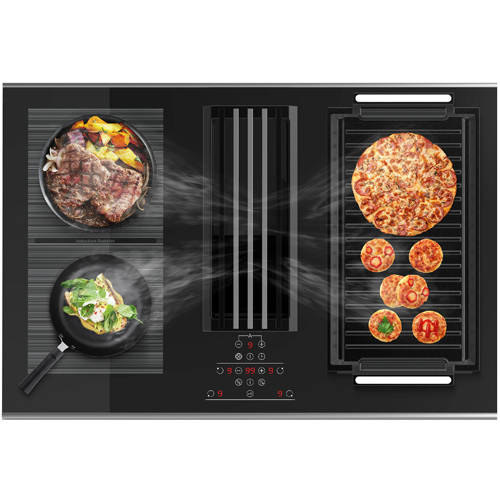
Factors to Consider When Choosing Between Vented and Non-Vented Hobs
When selecting between vented and non-vented hobs for your kitchen, it's essential to consider various factors that will influence your cooking experience and household dynamics.
Kitchen Layout:
Evaluate the layout of your kitchen and the available space for ventilation installation. Vented hobs require ductwork to expel air outside, potentially affecting your kitchen's design and layout. Non-vented hobs offer greater flexibility in placement since they do not require external ventilation.
Cooking Habits:
Assess your cooking habits and the types of dishes you frequently prepare. If you regularly cook dishes that produce a lot of smoke, steam, or strong odours, a vented hob may be more suitable for effective ventilation and odour removal. Conversely, if you cook less frequently or mainly prepare lighter meals, a non-vented hob might suffice.
Ventilation Needs:
Consider your ventilation needs based on the size of your kitchen, frequency of cooking, and the level of odour and smoke produced during cooking. Vented hobs are designed to efficiently remove pollutants from the air, making them ideal for kitchens with heavy cooking activity or limited ventilation. Non-vented hobs may be suitable for smaller kitchens or apartments where installing ductwork is not feasible.
Budget Considerations:
Take into account the upfront costs and long-term expenses associated with both vented and non-vented hobs. Vented hobs typically require professional installation and may involve additional expenses for ductwork and maintenance. Non-vented hobs are generally more affordable upfront and require less installation effort, but ongoing costs for filter replacements should be factored into the budget.
Energy Efficiency:
Compare the energy efficiency of vented and non-vented hobs to determine their impact on your household energy consumption. While vented hobs may consume more energy due to the continuous operation of the ventilation system, non-vented hobs may have lower energy requirements but may not offer the same level of air quality improvement.
Noise Levels:
Consider the noise levels generated by vented and non-vented hobs during operation. Vented hobs with built-in ventilation systems may produce some noise from the fan and motor. Non-vented hobs may also generate noise from internal fans or recirculating air. Evaluate the noise levels based on your preferences and the proximity of the hob to living areas or bedrooms.
By carefully considering these factors, you can make an informed decision when choosing between vented and non-vented hobs that best meet your needs, preferences, and budget.
Conclusion
In conclusion, the choice between vented and non-vented hobs is a significant decision that requires careful consideration. By understanding the features, benefits, and limitations of each option, you can make an informed choice that enhances your cooking experience. Whether you prioritize efficient ventilation or flexibility in kitchen design, there’s a hob solution tailored to your needs.
Venting Downdraft Hobs from MyAppliances
Experience superior ventilation with our venting downdraft hobs. Engineered to eliminate smoke and odours effortlessly, our range ensures a clean and comfortable cooking atmosphere. Invest in your kitchen with our high-performance options.
Vented Hob Buying Guides
![Are vented induction hobs any good?]() Vented Hob Buying Guides
Vented Hob Buying GuidesIn this article, we'll explore the functionality and benefits of vented induction hobs to assess their practicality and effectiveness.
![How does a vented hob work]() Vented Hob Buying Guides
Vented Hob Buying GuidesIn this article we explore how these innovative appliances work and why they're becoming a staple in modern kitchen designs.
![The Ultimate Guide to Vented Hobs]() Vented Hob Buying Guides
Vented Hob Buying GuidesIn recent years Vented Hobs, also known as Downdraft Induction Hobs, have seen a significant uptick in popularity, reshaping the landscape of kitchen appliances. This guide delves into the factors driving their ascent, from their space-saving design to their efficient cooking experience.
![Enhancing Your Cooking Experience with Downdraft Induction Hobs]() Vented Hob Buying Guides
Vented Hob Buying GuidesA downdraft induction hob, often referred to as a vented hob is a versatile kitchen appliance that seamlessly integrates the benefits of both induction cooking and a built-in downdraft ventilation system.

